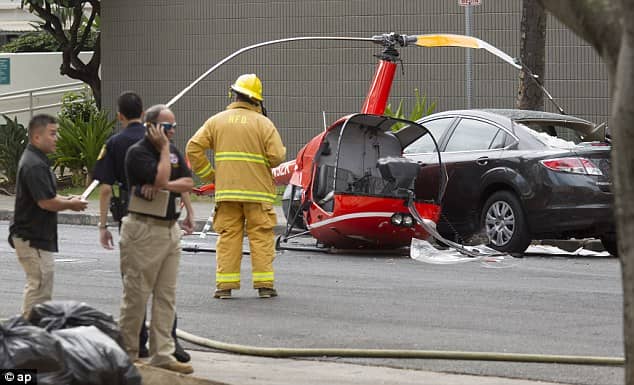So now that we know how a car would respond if it is turned off while riding on a freeway, what about helicopters? Would they drop like in a freefall when their engines are turned off midair?
The video by “Today I Found Out” elaborates on the prospect, and claims that one has a better chance of surviving in a helicopter with failed engines than in an airplane facing a similar conundrum. Helicopters are in fact designed to survive this specific situation using a technique called autorotation of the main rotor blades.
Helicopter pilot training actually requires the candidate to land using no power, and they are made to practice this skill repeatedly before being granted the pilot status. In case the rear rotor blades stop functioning, the pilot needs to turn off the engine since there’s nothing countering the torque of the main rotor blades, which will result in the helicopter rotating uncontrollably. And in the case of engine failure, a special clutch mechanism known as a freewheeling unit is used to disengage the engine from the main rotor, allowing the rotor to spin for some time without resistance from the engine.
And then begins the arduous task of lowering the pitch and reducing lift and drag to safely descend the helicopter. All these angles depend on the helicopter design and other factors like the weather conditions, weight, altitude, and airspeed. The correct glide angle produces an upward thrust on the main rotor at an optimal RPM, allowing the storage of kinetic energy and a safe descent.
Watch the video below for further elaboration on autorotation.
You can see the video of a near perfect autorotation landing below:

